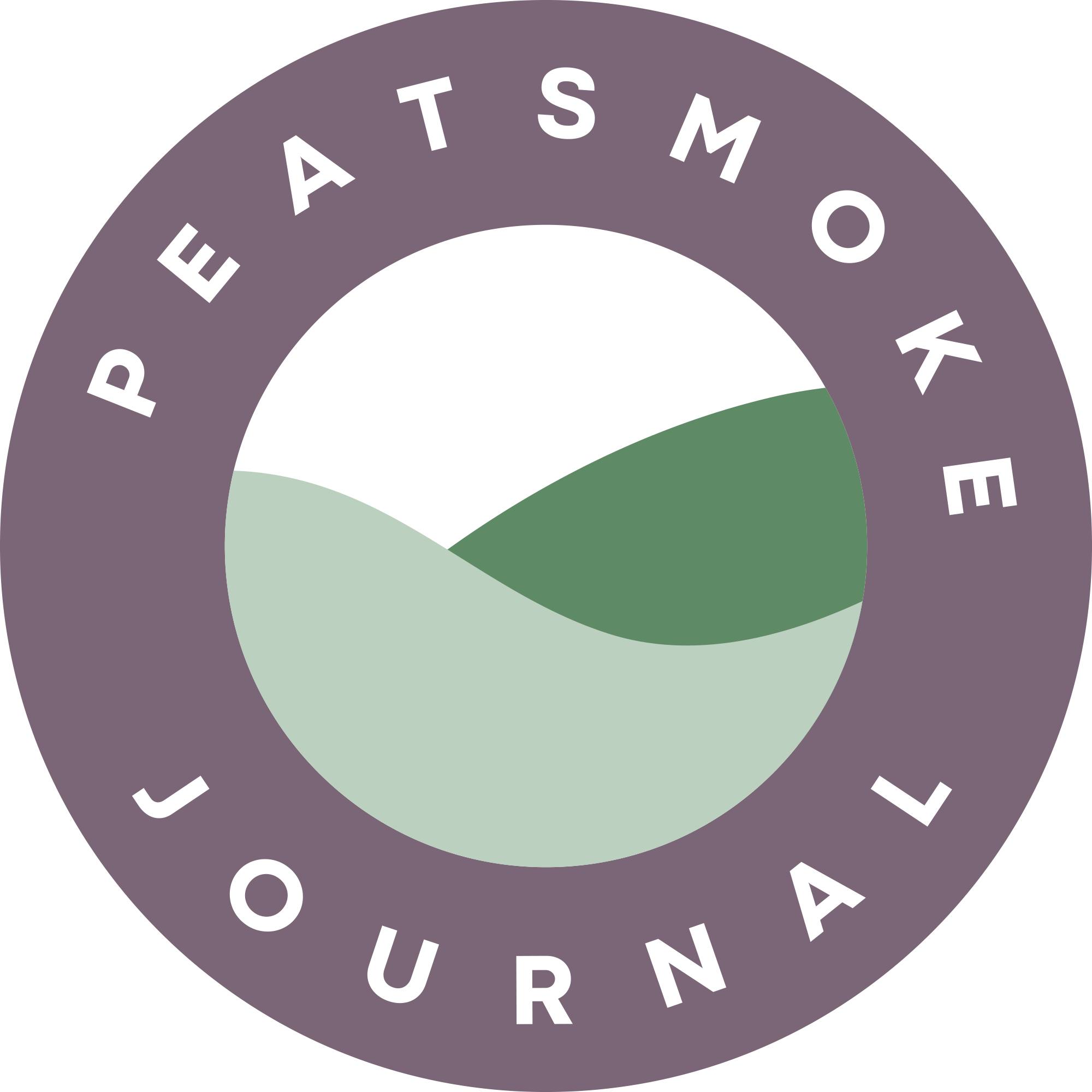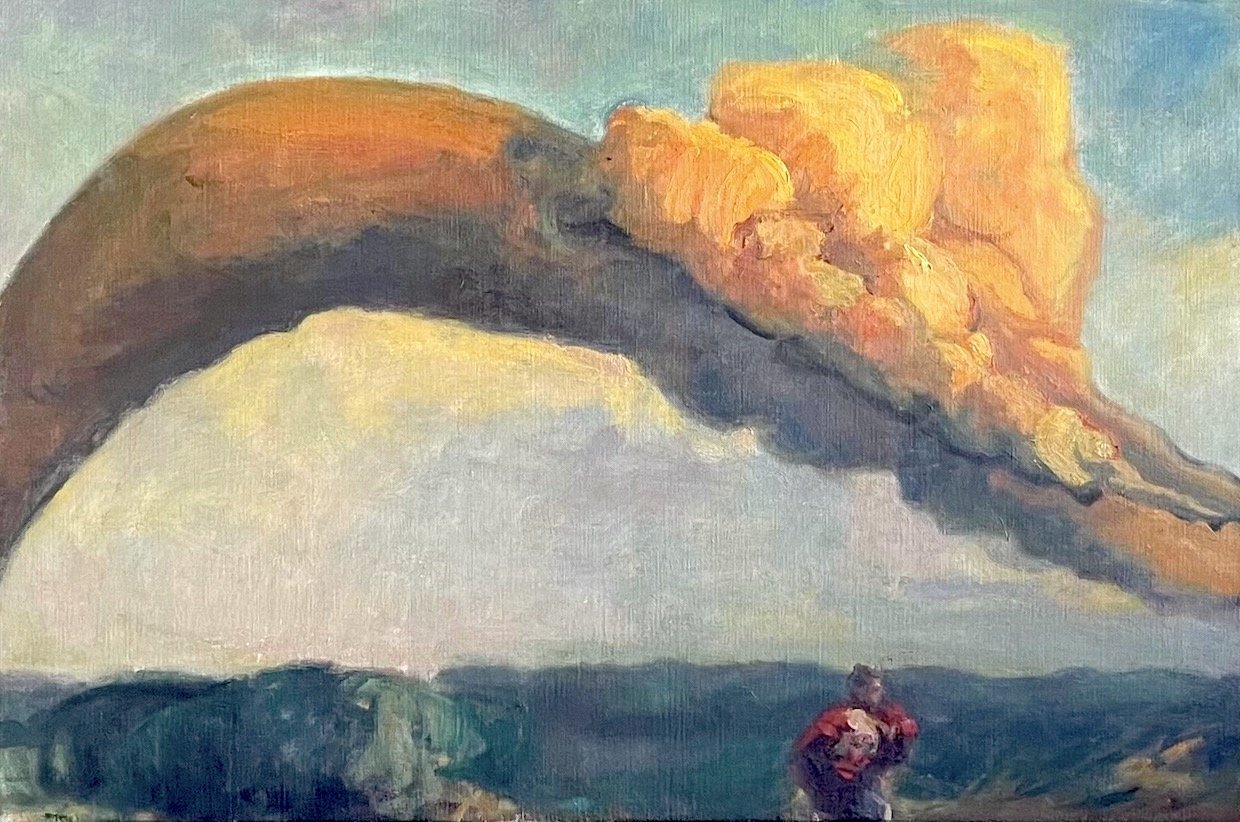Travel Light
“Traveling Light” by James Keul
When I sold my house in Vermont, I got rid of almost everything I owned minus some clothes and my vintage Singer sewing machine. “I feel so free!” I told people who maybe envied me but also questioned why someone would unravel their life at 52. I bought my apartment from “The Estate of Shraga Pivovoz.”
After I moved in, I cried often, for little reason. I soon discovered that on May 21st, 2019, Shraga Pivovoz jumped to his death from his, now my, studio on the 6th floor of the Seward Park Cooperatives in the Lower East Side of New York City. Shraga Pivovoz was an Orthodox Jew whose family migrated from Pinsk, Russia to the US in the early 20th century.
***
Last week my mother hobbled to Yuri, who works at the front desk of Menorah Village Memory Care Center. She was ready to go home but there was one problem: She couldn’t find her keys.
Yuri called me. “Your mother is very agitated.” Despite her deteriorating mind and weakening body, my mother’s voice is clear, insistent, youthful. “I’m not in prison. I have a right to leave!”
My mother doesn’t believe me when I tell her she’s been there five months, that she lives in an apartment with a few pieces of furniture she chose. “Don’t you remember, you went around the house and put yellow sticky notes on the things you wanted to bring with you?” Timesha, my mother’s favorite health aide, escorts her back to her room, to show her familiar items: the brass bed, chest of drawers, framed picture of my father in his red turtleneck holding a newly opened bottle of Dom Pérignon.
***
At The Jewish Museum, I saw a beautiful sculpture, a white suitcase made of resin, with two silver candlesticks placed on top: an ethereal candelabrum. According to the accompanying description, the candlesticks are all that the artist’s Jewish grandmother took with her when she was forced to flee Russia in the early 20th century. The piece is called “Travel Light.”
***
After my father died, my brother and I started clearing out our parents’ house. The walls are stripped of the hundreds of paintings my father collected; all that remains are the holes from the nails that supported his costly obsession. The furniture, rugs, crystal, bone china, sterling silverware are all gone too.
My mother’s beloved Doris Caesar sculpture, inherited from my grandmother, which “must stay in the family,” is prepared for auction. She recently asked if my father was “selling the house out from under me.” I answered truthfully. “No. He isn’t.”
On our most recent visit, my brother unearthed a box full of brass candlestick holders and snuffers. He brought them home; sometimes we eat by candlelight despite my sister-in-law’s protestations that she “can’t see the damn food.”
***
While going through papers at my parents’ house, I found a letter from a distant relative tracing our lineage on my grandmother, Hilda Friedman’s, side. She was born in Pinsk, Russia in 1905, and moved to the US shortly afterwards. She had an uncle named Shraga who died in Lithuania in 1942, most likely murdered during the German occupation.
My grandmother was an elegant woman. Dinners were grand affairs though she barely ate. Her beloved gray toy poodle Denise would sit on her lap, through Cinzano on ice and vintage Bordeaux. She cut tiny pieces of steak that toothless Denise swallowed whole, the crystal ashtray next to her plate slowly filling with the cork-tips from the Herbert Tareyton cigarettes she smoked. My grandmother’s favorite dessert was champagne.
***
I get a call from Menorah Village. My mother took a serious fall at the weekly happy hour after a few sips of wine. She has a bump on her head and her ribs hurt. They give her a small dose of morphine and try to get her to lie down but she refuses to leave the dining room. She believes she’s hosting a party and it would be terribly rude to abandon her guests.
***
I visited my grandmother at the hospital; she was gasping for breath. She didn’t know where she was and tears started rolling down her papery cheeks. “Where is my girl?” she softly moaned. I answered, “Here I am, Nana,” but my mother said that she was crying for long-dead Denise.
The day before my father died, he complained about an Edgar Levy painting, “Figure in a yellow window,” he could see from the bed hospice set up in the living room. “The colors irritate me,” he told the home health aide as he futilely tried to get up to move it. Pink. Blue. Yellow. She gave him lorazepam to calm him down.
***
When I see my mother at Menorah Village, she will often ask how my father is doing. I say “fine,” and try to change the subject. When she first got there, she was anxious about the house, the mail, the yard. The hospice nurse prescribed lorazepam to help her settle in. Her eyes become glassy as the drug takes effect. “Did you ever think I’d end up in a place like this?” she asked me recently. “You will too,” she warns. “Are you prepared?”
***
I do prepare. I buy a stick of sage. I light it and walk the perimeter of my 500 square foot room, hoping to release Shraga. And me. I hired someone to paint the walls a pink called Love & Happiness. I purchased a colorful blue rug from Morocco and have a vase filled with sunflowers, string lights glowing, plants by the south facing windows. Shraga feels heavy though he is not a burden.
About the Author
Rebecca Tiger teaches sociology at a college and in jails in Vermont. She's written a book and articles about drug policy, addiction and celebrity. Her stories have appeared or are forthcoming in Bending Genres, BULL, Emerge Literary, Mom Egg Review, Tiny Molecules, and Zig Zag Lit.
About the artist
James Keul is a teaching fine artist, muralist, and father based in Durham, NC. James is a graduate of the Savannah College of Art and Design, where he earned a BFA in Painting, with honors. He continued his education at the prestigious Art Students League of New York. While in New York, James spent six years working as the assistant to muralist Richard Haas. James has exhibited his fine art paintings, intaglio prints, and monotypes widely, including the Green Hill Center for NC Art, the Metropolitan Museum of Art, Tokyo, Japan, Manifest Gallery, Cincinnati, OH, Bobby Redd Project Space, Brooklyn, NYC, Duke Arts and Health Galleries, Durham, NC, Leslie Heller Workspace, NYC, Lyons-Weir Gallery, NYC, and Cork Gallery at Lincoln Center, NYC. James' works can be found in many public and private collections throughout the United States and Europe, including the Bekkjarvik Arts Society, Norway, NBIAR, in Wilmington, NC, the permanent collections of SCAD and St. Johnsbury Academy, and in the collection of fashion designer Michael Bastian. His recently completed a mural for First Presbyterian Day School and an African American history mural in Durham's Braggtown, in collaboration with muralist David Wilson.

